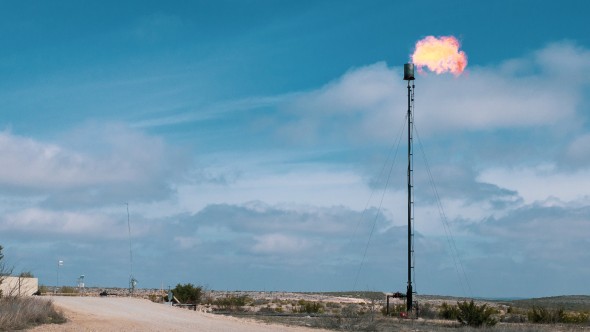What is Renewable Natural Gas?
Posted on May 20, 2022 by Jennifer Hill-Hart
Tags, Energy

Gas utilities rely on selling us fossil fuel energy to make money. This creates a big challenge as Oregon implements clean, renewable energy policies. As many gas companies turn to alternatives to gas, we must ask: what is renewable natural gas? Is it really renewable? And is it enough to meet our needs?
Nationally, due to state and local climate regulations, there is a growing shift away from heating buildings and homes with fossil fuels like natural gas (methane). Seeing the writing on the wall, the gas industry started investing in and promoting a technology called renewable natural gas. Gas companies claim this is a clean alternative to fossil fuel energy and a means to remain viable in our clean energy future.
What is Renewable Natural Gas?
Renewable natural gas is generally understood to be a lower-carbon fuel made from organic materials. There are two main categories: biogas (methane gas) and green hydrogen (hydrogen gas).
Biogas is the most common gas referred to as renewable natural gas. This methane mostly comes from animal manure from landfills, dairy farms, and wastewater treatment plants. Methane is produced by bacteria breaking down organic matter in these facilities. The gas is then captured, processed, and moved to pipelines to serve residential, commercial, and industrial customers.
Less commonly, renewable natural gas can include green hydrogen, and it is under Oregon law. Hydrogen fuel is produced from breaking down water with electricity. Green hydrogen is produced using power from clean electricity like hydroelectricity, solar, or wind. Green hydrogen is more expensive than renewable natural gas. This is partly because hydrogen doesn’t directly replace methane. It must be blended in with methane or biogas.
Biogas and green hydrogen are not standard resources for natural gas companies. Both these fuels must be processed before becoming renewable natural gas, which can be quite expensive. NW Natural, for example, claims that renewable natural gas accounts for less than three percent of its system.
Is It Actually Renewable?
There isn’t agreement on whether renewable natural gas is a renewable energy source. The EPA defines renewable energy as “resources that rely on fuel sources that restore themselves over short periods of time and do not diminish.” Gas advocates argue that raw biogas is renewable since it comes from biological processes.
Opponents argue that it uses fuel sources that don’t restore themselves. Both biogas and green hydrogen need additional processing before they can be sent to customers.
Can It Affordably Meet Oregon’s Energy Needs?
It is unlikely that alternatives to fossil natural gas can meet future demand for households, much less do so affordably.
Biogas faces many production barriers like regulatory, operational, and market risks, and up-front project costs. There is also a question of the available supply of fuel used to create biogas. Overcoming these barriers will take regulatory adjustments and could cost millions.
It’s unlikely that there is enough to cover demand. The U.S. Department of Energy found that the potential supply of biogas could replace about five percent of current natural gas consumption for electricity. Another study found biogas could meet four to seven percent. And another found that it could meet up to one percent of that demand. There may not be enough of these fuels to economically replace current natural gas in Oregon.
Renewable gas is very expensive, especially compared to alternatives. California studied how reducing greenhouse gases may affect the natural gas industry. The study found that even under optimistic scenarios, renewable natural gas is expected to be much more expensive than natural gas. It concluded that electrification is a more economic strategy to decarbonize buildings.
The Future of Renewable Natural Gas is Questionable
CUB has concerns about the customer impacts of trying to replace fossil gas with renewable gas. Reducing climate pollution with renewable natural gas will increase the cost of gas. This rising cost will move demand from natural gas to electrification. A shrinking natural gas customer base will leave those who can’t afford this transition stuck with all the costs of building and sustaining an increasingly expensive gas system. These fuels probably make more sense for specific industries that can’t easily electrify, like heavy industry and transportation. But for Oregon households? It’s unlikely.
CUB will keep fighting for policies that protect your wallet and the environment. We will keep asking tough questions and advocating for customer interests as Oregon transitions toward clean energy.
To keep up with CUB, like us on Facebook and follow us on Twitter!





05/20/22 | 0 Comments | What is Renewable Natural Gas?